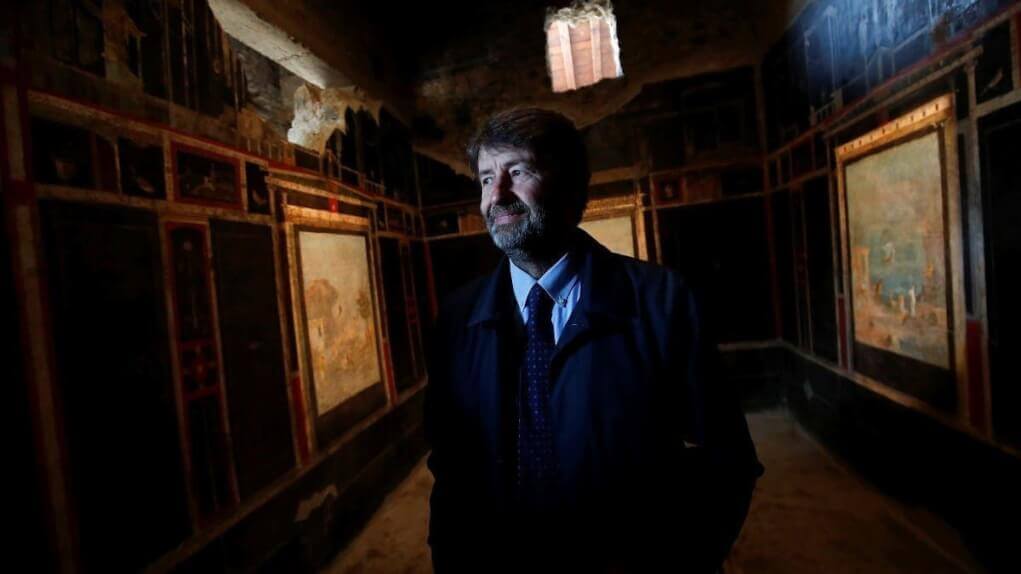The Italian government put an end to the censorship system that had been applied to cinematic films since 1914 and which had long been covered by many masterpieces of the big screen, such as “The Last Tango in Paris”.
From now on, it will not be possible to prevent a movie from being shown in theatres or to subject it to cutting or modification on the basis of moral or religious justifications. Instead, a committee to classify cinematic works will be created in the General Directorate of Cinema at the Ministry of Culture. This committee determines the age groups that each film is suitable for. It consists of 49 members, including experts in the film industry, protection of minors, and representatives of parents’ associations and animal rights groups.
The Minister of Culture, belonging to the Democratic Party (centre-left) in the coalition government, Dario Franceschini, welcomed the “abolition of censorship in cinema .” Italian cinema expert Elena Boero said in a statement to AFP that it is an “important and historic step for Italian cinema. It was time.”
As for director Bobo Avati, whose film “Bordella” was about the establishment of a brothel by a global American company, a brothel for women in Milan victim of censorship in 1975, he told AFP, “The decision is a form of reliance on a sense of responsibility. We have matured.”
Censorship has spanned a large number of films over a period of more than a century of work, including all the films of the writer, poet and director Pierre Paolo Pasolini, or even the movie “The Last Tango in Paris” by the Italian director Bernardo Bertolucci with the American actor Marlon Brando and the French Maria Schneider,
Its copies are destroyed except for three copies preserved in the National Cinematheque. Another famous example of censorship is Lucino Visconti’s masterpiece “Rocco ae Sue Fratelli” (Rocco & Brothers) in 1960, with the French Alain Delon and Annie Girardot. According to a count by Chenichensora, a virtual online exhibition promoted by the Ministry of Culture, 274 Italian films, 130 American films and 321 films from other countries have been banned since 1944.
More than ten thousand films were allowed to be shown in cinemas after scenes were deleted or modified. But the irony is that this censorship “also made films more attractive, by arousing the curiosity of the audience, especially in the erotic field,” Bobby Avati noted. He pointed out that “censorship of films did not happen because of their violence.” The motives of censorship have evolved over more than a century of its existence, as it has transformed from a tool to control films politically, morally and religiously, to a kind of opportunism, in terms of ensuring that censorship is avoided in order to be able to obtain government subsidies.
The last significant case of censorship dates back to 1998 with the film “Tutu Ki Fisseh Douai Volte” (“Toto Who Lived Twice”) by Daniele Chypre and Franco Maresquist, who was subjected to violent attacks from Catholic circles due to the fact that his characters were considered blasphemous.












